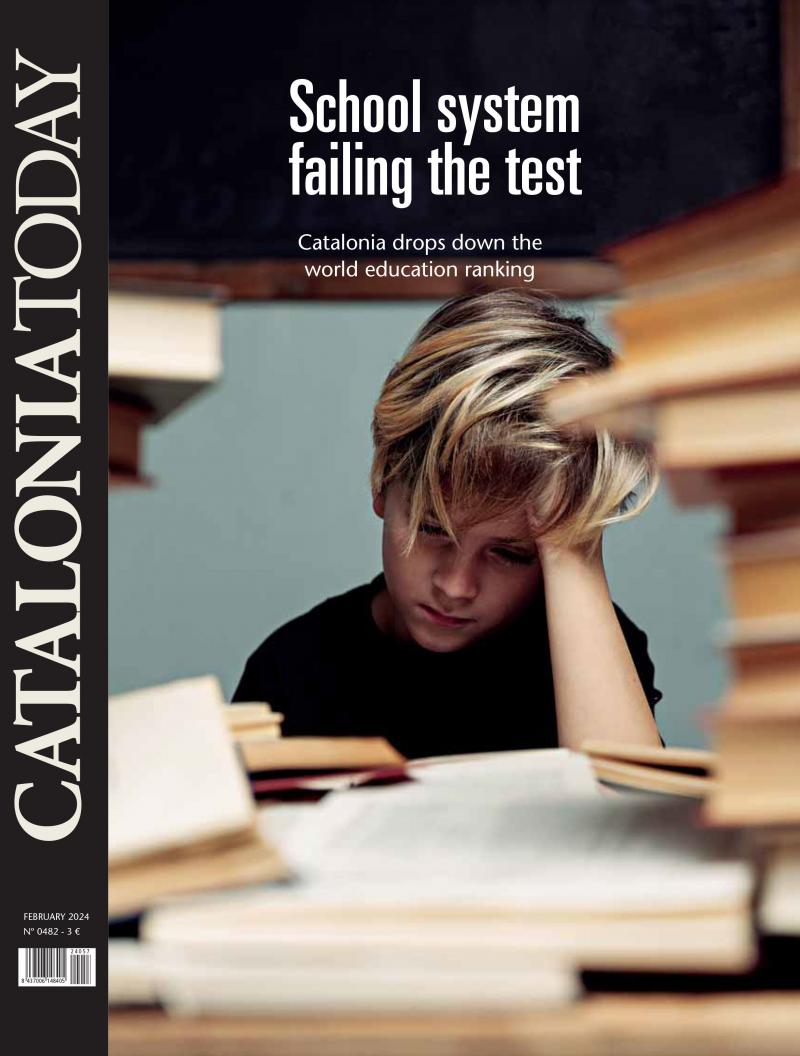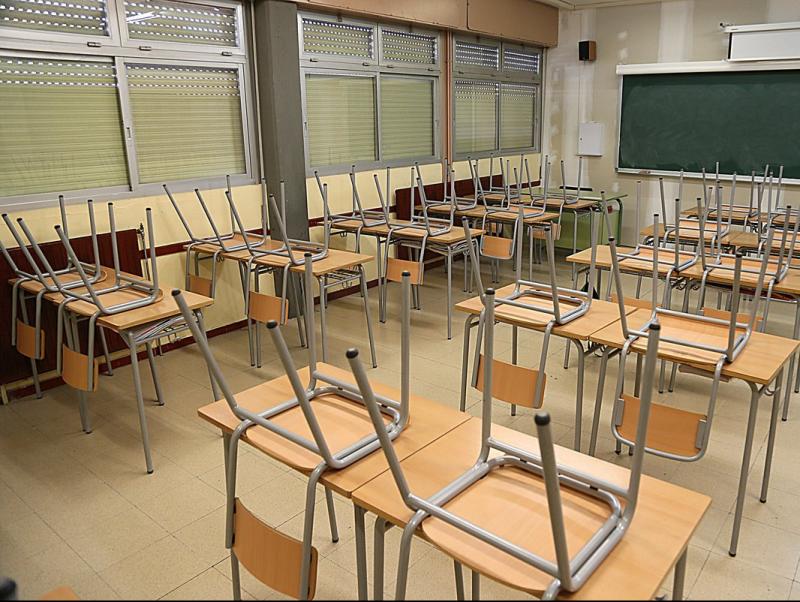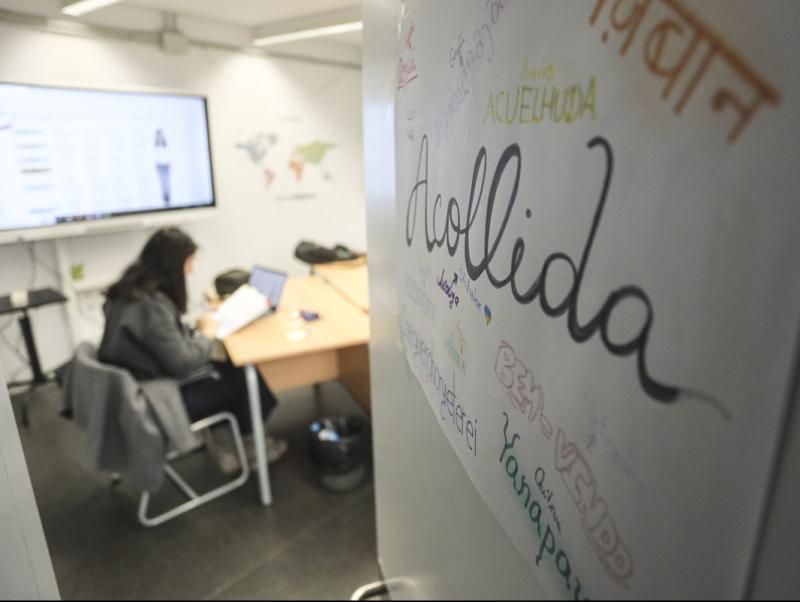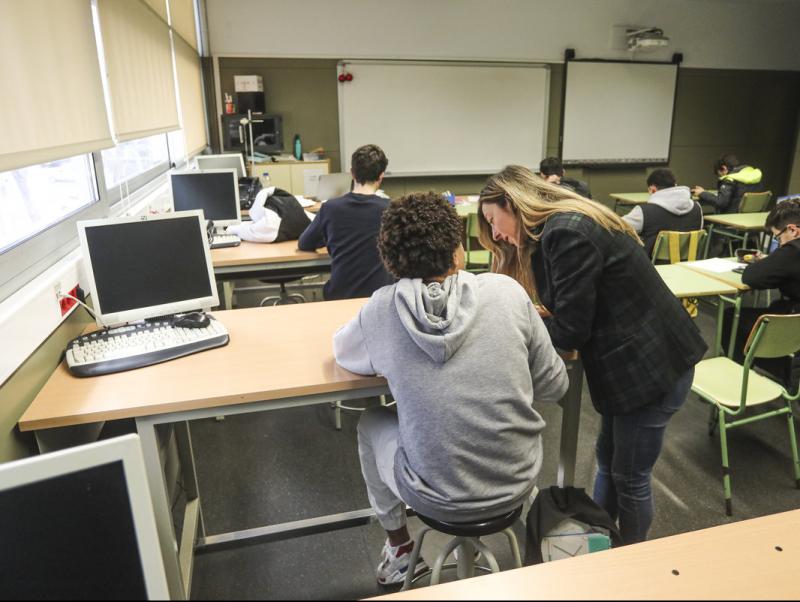from the editor
Has education hit rock bottom in Catalonia?
The data relating to Catalonia published in the latest PISA report have generated great controversy and at the same time great concern about the education system in our country. Political and media disputes aside, it is important to analyse the evolution of recent years and listen to the voices of experts, who can help us understand the published results. Things never happen suddenly and by themselves, and there are various reasons with different origins. Placing the responsibility only on one part of the problem (teachers, families, students) is absurd and leads to completely wrong conclusions. Specialists must study the effect of different changes that have occurred in the country over recent years: the change in the composition of the population, the change in the school management model, the influence of certain pedagogical currents, the impact of technology... It is only in consideration of all available data on these factors that the indicators provided by the PISA report can be put in context. Comparing the academic results in Catalonia with areas with which we share similar characteristics makes much more sense than comparing them with countries with which we have practically nothing in common. Perhaps less alarmism and more concern is needed. Because the problem is not the impact of the headlines from a specific day that education in Catalonia is regressing in skills and knowledge, but rather it has to do with identifying the real reasons that have brought us here. And correcting them is not a matter for another impact headline in the media, nor immediate effect measures; it has more to do with reversing the current trends. This is surely a task that will take years, and possibly as many years as it has taken for Catalonia to go from a leading position in education down the rabbit hole. Hopefully this time the PISA report is a catalyst for doing things differently.
For further information, check out our in-depth feature Education in the spotlight on pages 10-16 of this month’s issue.




